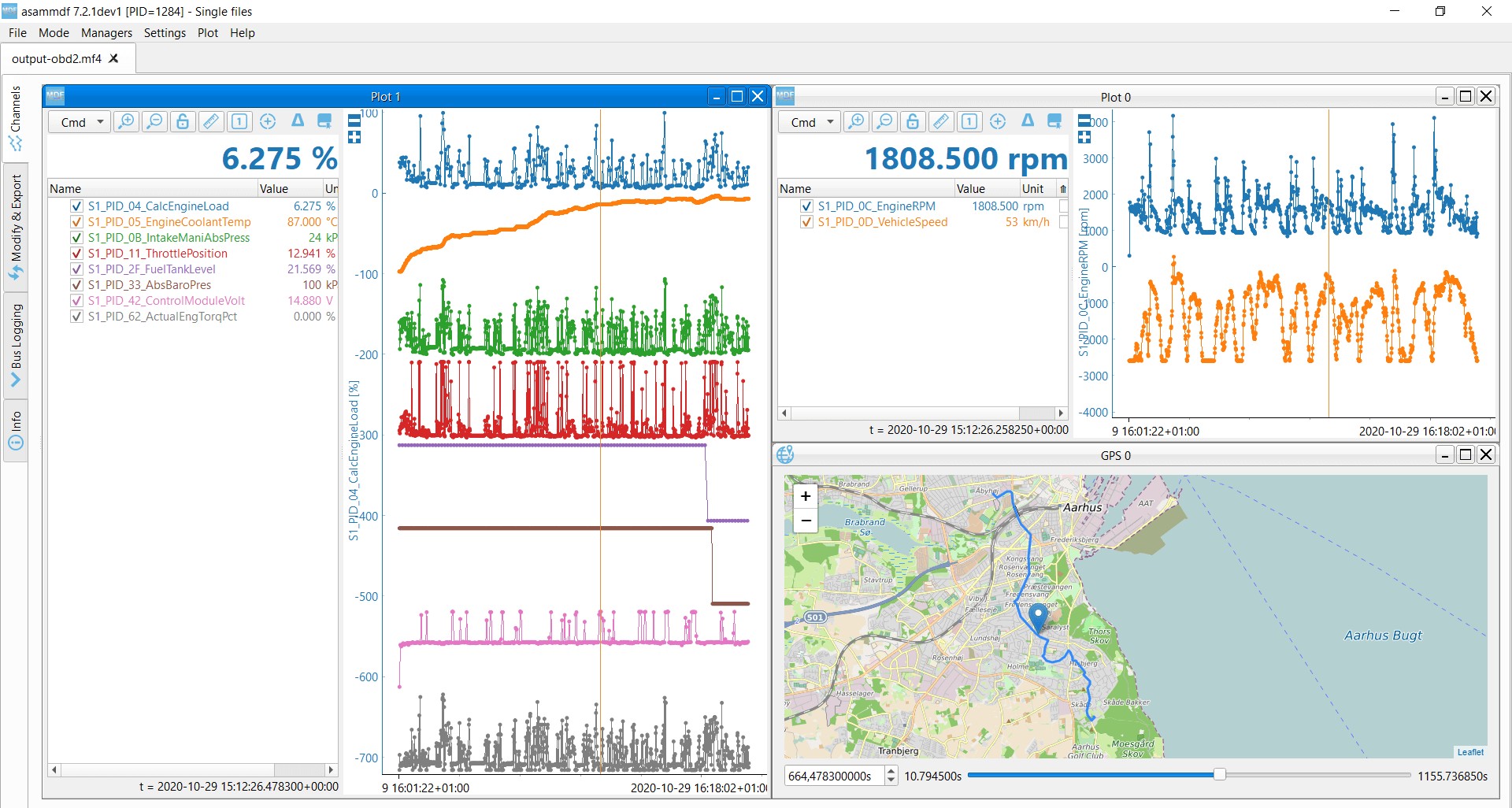OBD2, or On-Board Diagnostics, might sound intimidating, but it’s actually an easy system to understand and use. This comprehensive guide will break down the basics of OBD2, explain how it works, and show you how to access valuable vehicle data using an Easy Obd2 tool.
What is Easy OBD2?
OBD2 is a standardized system that allows you to access your vehicle’s diagnostic data. Think of it as your car’s internal computer system that monitors various components and functions. When a problem arises, the system stores a Diagnostic Trouble Code (DTC), which is essentially a code that pinpoints the issue. An easy obd2 scanner or code reader then allows you to retrieve and interpret these codes, giving you valuable insight into your car’s health.
How Does Easy OBD2 Work?
Your car has an OBD2 port, typically located under the dashboard near the steering wheel. This port allows you to connect an easy obd2 diagnostic tool. These tools communicate with your car’s computer, requesting data and retrieving DTCs. With an easy obd2 interface, you can:
- Read and Clear Diagnostic Trouble Codes (DTCs): Identify and erase error codes, often resolving the check engine light.
- View Live Data: Monitor real-time sensor readings such as speed, engine RPM, coolant temperature, and fuel levels.
- Perform Emissions Tests: Check if your vehicle meets emission standards.
 OBD2 data being displayed on a diagnostic tool
OBD2 data being displayed on a diagnostic tool
OBD2 Standards and Protocols
While “easy obd2” emphasizes simplicity, understanding the underlying standards helps. OBD2 utilizes several protocols, including:
- ISO 15765-4 (CAN): The most common protocol used in modern vehicles, relying on the Controller Area Network (CAN bus) for communication.
- ISO 14230-4 (KWP2000): A keyword protocol used in some vehicles.
- ISO 9141-2: An older protocol found in certain European and Asian cars.
- SAE J1850 (VPW/PWM): Protocols primarily used in older GM and Ford vehicles, respectively.
Choosing an Easy OBD2 Scanner
Selecting the right easy obd2 scanner depends on your needs:
- Basic Code Readers: Affordable and primarily used to read and clear DTCs.
- OBD2 Scan Tools: Offer more advanced features like live data viewing, freeze frame data, and emissions testing.
- Bluetooth OBD2 Adapters: Wireless devices that connect to your smartphone or tablet, allowing you to use apps for diagnostics.
Easy OBD2: Future Trends
OBD2 technology continues to evolve:
- OBD3: A potential future standard that may incorporate telematics for remote diagnostics and emissions monitoring.
- Increased Data Accessibility: More data points and parameters are becoming accessible through OBD2, providing a more comprehensive view of vehicle performance.
Conclusion
Easy obd2 empowers car owners with valuable insights into their vehicles’ health and performance. Whether you’re troubleshooting a check engine light or simply want to monitor your car’s vital signs, understanding and utilizing easy obd2 tools can save you time and money. As technology advances, easy obd2 will likely play an even greater role in vehicle maintenance and diagnostics.

